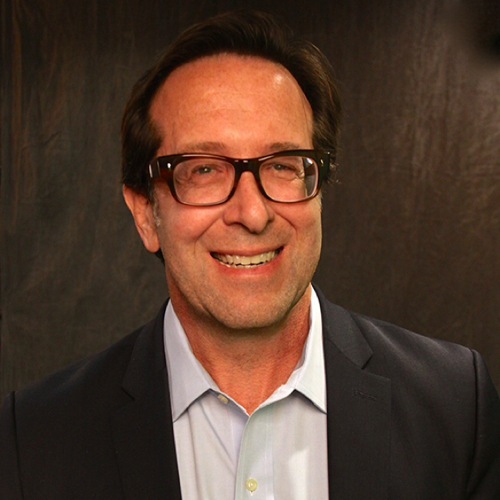Retailers have had to get engagement right. Now healthcare entities have to as well. If we jettison the excuse that “healthcare is different,” it’s easier to become more consumer-centric.
Patients who are more actively engaged in managing their health tend to have better outcomes, spend less and cost the system less. This kind of engagement is crucial for healthcare organizations in the new competitive “one consumer” world of healthcare. The downside is that, as healthcare consumers, patients are expecting the very same seamless experience they get buying a new tablet or shopping online for car insurance. In this highly competitive marketplace, how can healthcare organizations keep pace with consumer demands and build a consumer-centric healthcare experience?
Think Like a Retailer
Competition is fierce in retail. To continuously provide value and build loyalty one consumer at a time, retailers slice and dice staggering volumes of data to derive real-time insights. In turn they develop 1:1 marketing to give consumers what they want and build 360-degree views of their suppliers to maximize efficiency, all to provide a better consumer experience.
Developing a truly consumer-centric healthcare experience starts with the basic notion that patients and members are consumers first. First let’s look at what your healthcare consumers want:
- Comprehensive Information — Patients need to answer their burning questions about symptoms, treatments, adverse reactions, records and even appointments now when they want to know. And don’t forget pictures – would you shop online with no pictures? Being able to access medical images and other information, through apps or a web portal, is crucial for patient engagement.
- Precision search and recall — If people are searching, they want the most relevant answers. Being ill or taking care of someone who is ill is extremely stressful. It takes very little frustration to send your potential customer looking elsewhere Search that provides no results, too many results, or irrelevant results is a business disaster.
- Privacy — Patients fill out HIPAA forms at every doctor visit and care about the security of their personal information, so it’s imperative that your database be locked down and secure. It’s very hard to win back trust.
- Reliability — How many times have you gone on Google or Facebook and found it down? Probably never. If you build an awesome patient portal, they will want to come, so make sure it’s built on a reliable enterprise platform that scales and is resilient.
Building a Consumer-Centric Healthcare Experience
Now that you have outlined the objectives, you need to identify how to get it done. Until recently, providing this granular level of relevant information has been very difficult. The data is siloed all over the organization in different formats, structured and unstructured. Even how this information might be identified may vary from system to system. All of that leads to extensive “massaging” of data, which really means months and months of data manipulations commonly referred to as ETL (extract, transform, and load). The moment a new type of information gets added to the mix—the process starts all over again. The cost and inertia can kill your project.
There is a solution. Enterprise NoSQL is a new type of database that allows the ingestion of all these varied types of data, both structured and unstructured. Manipulations can occur after the ingest—and on the fly—so as to not slow down development. This process has been vetted and adopted by some of the largest healthcare, financial and retail organizations as a proven way to develop in an agile, continuous manner.
There are plenty of NoSQL databases available. But most only allow a single data type. And medical information is not so accommodating! MarkLogic was designed as a database that would allow search and queries across all data types—data, XML, JSON, binaries — and now semantic triples (RDF). Further, only MarkLogic has the enterprise features required to lock in transactions and is backed by government-grade security.
With MarkLogic powering your data, how will you build a better consumer-centric healthcare experience?

Bill Fox
Bill Fox JD, MA is the VP of Vertical Strategy and the Global CSO of Healthcare and Life Sciences at MarkLogic. He is a former attorney and healthcare executive with 25 years of experience and is a nationally recognized thought leader in healthcare predictive analytics, big data, program integrity and data security and privacy.
Bill serves on the HIMSS Health Business Solutions Taskforce and Business Edge Magazine, the thought leaders panel of Predictive Modeling News, and the Board of Directors of the Medical Identity Fraud Alliance.
He is a prior appointee to the Strategic Planning Committee of the National Healthcare Anti-Fraud Association and is a former Senior Fellow at the Jefferson School of Population Health. He has held healthcare leadership positions at Emdeon, Booz Allen Hamilton, and LexisNexis. He is the former Deputy Chief of Economic and Cyber Crime at the Philadelphia District Attorney's Office, Special Assistant United States Attorney for the Eastern District of Pennsylvania and law firm partner. Bill is a graduate of Temple University Graduate School and the Villanova School of Law.

